Furosemide Information
Pronunciation
fyoor OH se mide
What is this drug used for?
• It is used to get rid of extra fluid.
• It is used to treat high blood pressure.
Frequently reported side effects of this drug
• Constipation
• Lack of appetite
• Abdominal cramps
• Diarrhea
• Nausea
• Vomiting
• Headache
Other side effects of this drug: Talk with your doctor right away if you have any of these signs of:
• Fluid and electrolyte problems like mood changes, confusion, muscle pain or weakness, abnormal heartbeat, severe dizziness, passing out, fast heartbeat, increased thirst, seizures, loss of strength and energy, lack of appetite, unable to pass urine or change in amount of urine passed, dry mouth, dry eyes, nausea, or vomiting.
• High blood sugar like confusion, fatigue, increased thirst, increased hunger, passing a lot of urine, flushing, fast breathing, or breath that smells like fruit.
• Liver problems like dark urine, fatigue, lack of appetite, nausea, abdominal pain, light-colored stools, vomiting, or yellow skin.
• Kidney problems like unable to pass urine, blood in the urine, change in amount of urine passed, or weight gain.
• Pancreatitis like severe abdominal pain, severe back pain, severe nausea, or vomiting.
• Infection
• Severe dizziness
• Passing out
• Burning or numbness feeling
• Blurred vision
• Agitation
• Severe loss of strength and energy
• Bruising
• Bleeding
• Noise or ringing in the ears
• Trouble hearing
• Signs of a significant reaction like wheezing; chest tightness; fever; itching; bad cough; blue skin color; seizures; or swelling of face, lips, tongue, or throat.
Medication Safety Issues
Sound-alike/look-alike issues:
Furosemide may be confused with famotidine, finasteride, fluconazole, FLUoxetine, fosinopril, loperamide, torsemide
Lasix may be confused with Lanoxin, Lidex, Lomotil, Lovenox, Luvox, Luxiq
Storage and Stability
Injection: Store at room temperature. Protect from light. Exposure to light may cause discoloration; do not use furosemide solutions if they have a yellow color. Furosemide solutions are unstable in acidic media, but very stable in basic media. Refrigeration may result in precipitation or crystallization; however, resolubilization at room temperature or warming may be performed without affecting the drug’s stability. Infusion solution in D5W, NS, or LR is stable for 24 hours at room temperature.
Tablet, solution: Store at 25°C (77°F); excursions permitted to 15°C to 30°C (59°F to 89°F). Protect from light. Discard opened bottle of solution after 90 days (10 mg/mL concentration only).
Adverse Reactions
Cardiovascular: Necrotizing angiitis, orthostatic hypotension, thrombophlebitis, vasculitis
Central nervous system: Dizziness, headache, paresthesia, restlessness, vertigo
Dermatologic: Acute generalized exanthematous pustulosis, bullous pemphigoid, erythema multiforme, exfoliative dermatitis, pruritus, skin photosensitivity, skin rash, Stevens-Johnson syndrome, toxic epidermal necrolysis, urticaria
Endocrine & metabolic: Glycosuria, hyperglycemia, hyperuricemia, increased serum cholesterol, increased serum triglycerides
Gastrointestinal: Abdominal cramps, anorexia, constipation, diarrhea, gastric irritation, mouth irritation, nausea, pancreatitis, vomiting
Genitourinary: Bladder spasm
Hematologic & oncologic: Agranulocytosis, anemia, aplastic anemia, eosinophilia, hemolytic anemia, leukopenia, purpura, thrombocytopenia
Hepatic: Hepatic encephalopathy, intrahepatic cholestatic jaundice, liver enzymes increased
Hypersensitivity: Anaphylaxis, anaphylactoid reaction, anaphylactic shock
Immunologic: DRESS syndrome
Neuromuscular & skeletal: Muscle spasm, weakness
Ophthalmic: Blurred vision, xanthopsia
Otic: Deafness, tinnitus
Renal: Interstitial nephritis (allergic), renal disease
Miscellaneous: Fever

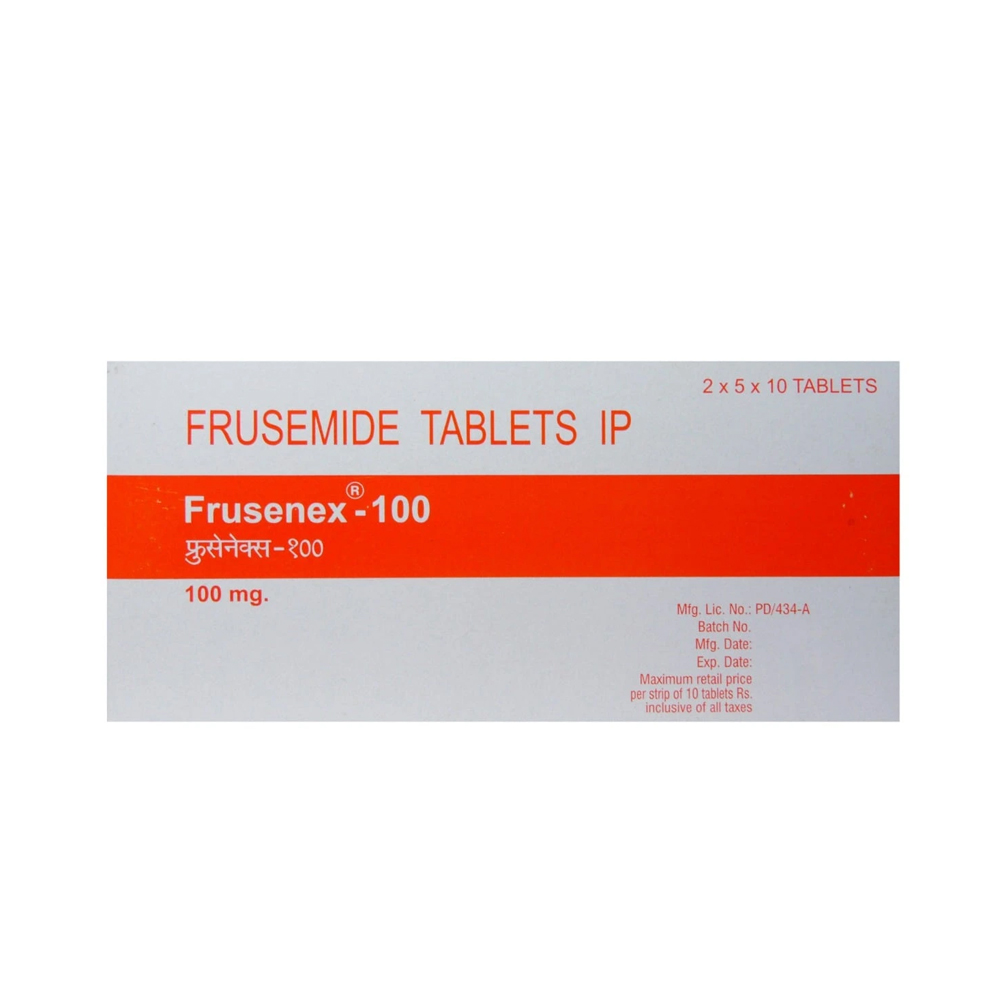
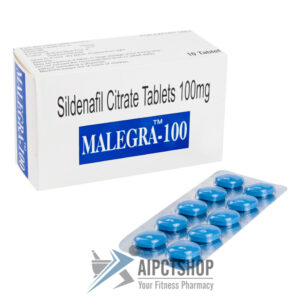
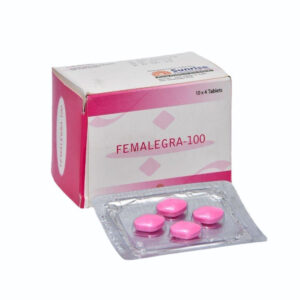

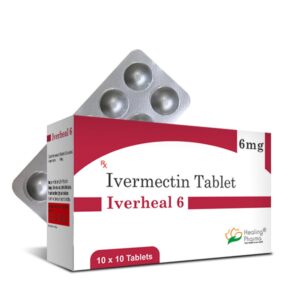
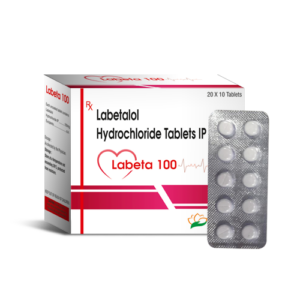
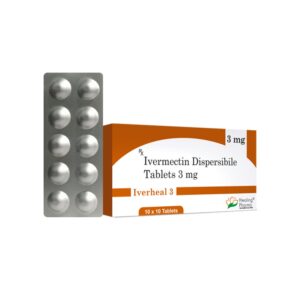
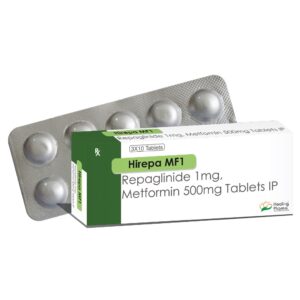
Reviews
There are no reviews yet